Moderately strong M2.8 and M1.8 solar flares erupt from AR 2871
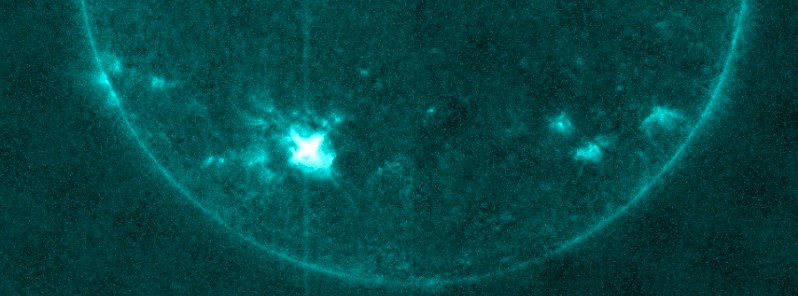
A moderately strong solar flare measuring M2.8 at its peak erupted from Active Region 2871 at 04:42 UTC on September 23, 2021. The event started at 04:35 and ended at 04:50 UTC.
The flare was associated with a Type II Radio Emission at 04:44 UTC with an estimated velocity of 966 km/s. These emissions occur in association with eruptions on the Sun and typically indicate a coronal mass ejection (CME) is associated with a flare event.
Additionally, a Type IV Radio Emission was registered at 04:54 UTC. Type IV emissions occur in association with major eruptions on the Sun and are typically associated with strong coronal mass ejections and solar radiation storms.
This region has beta-delta magnetic configuration and is capable of producing moderate to strong eruptions with Earth-directed CMEs, but it appears most of the material released during this eruption is heading south.
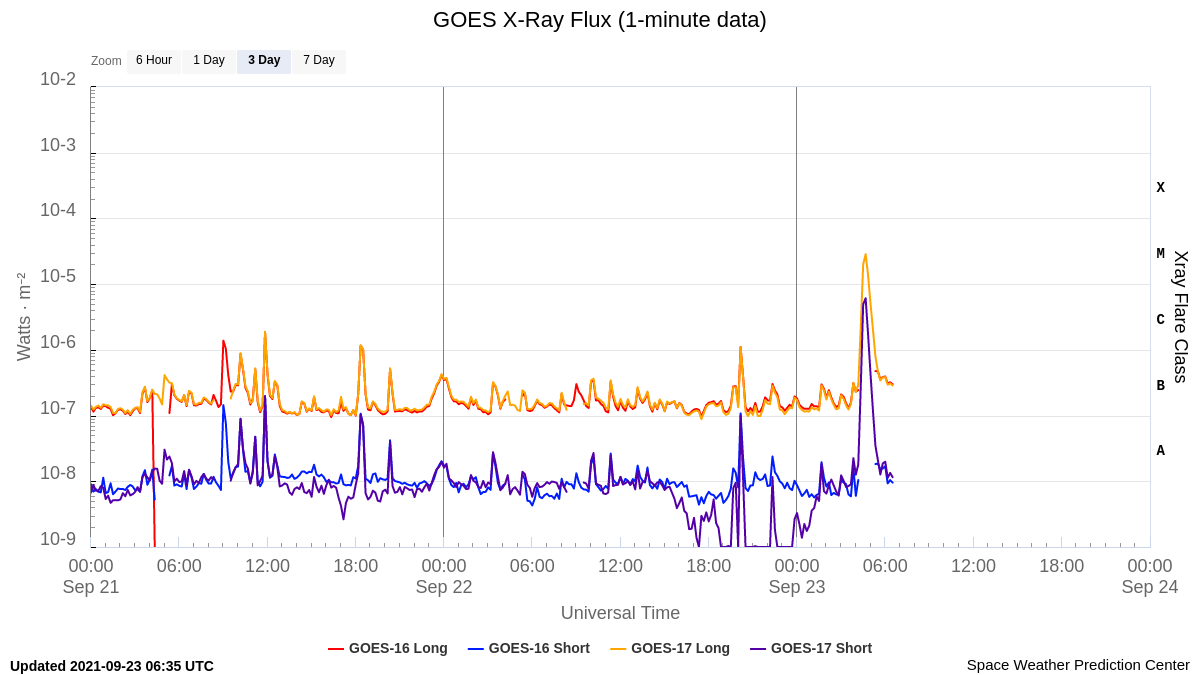

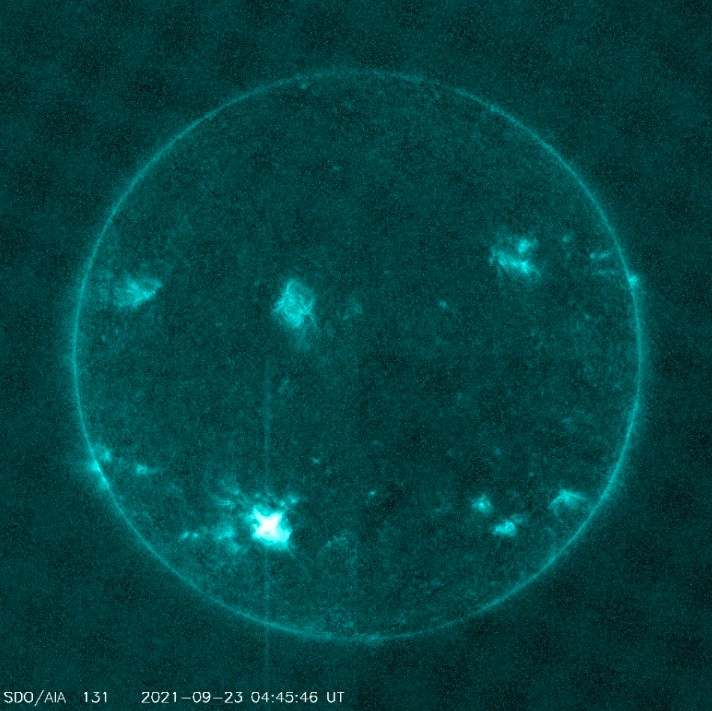

There are currently 5 numbered active regions on the Earth side of the Sun.
In 24 hours to 00:30 UTC on September 23, Region 2871 (S28E25, Dko/beta-delta) produced an isolated C1 flare at 20:14 UTC, but overall was less active during the day. Region 2873 (N24W35 Dao/beta) grew some but was also less active.
Region 2872 (N17E15 Cai, beta) also grew, forming additional spots with small-asymmetric penumbra.
Newly-numbered Regions 2874 (S25W26, Hrx/alpha) and 2875 (S32W34, Bxo/beta), were either stable or already beginning to show signs of slight decay.1
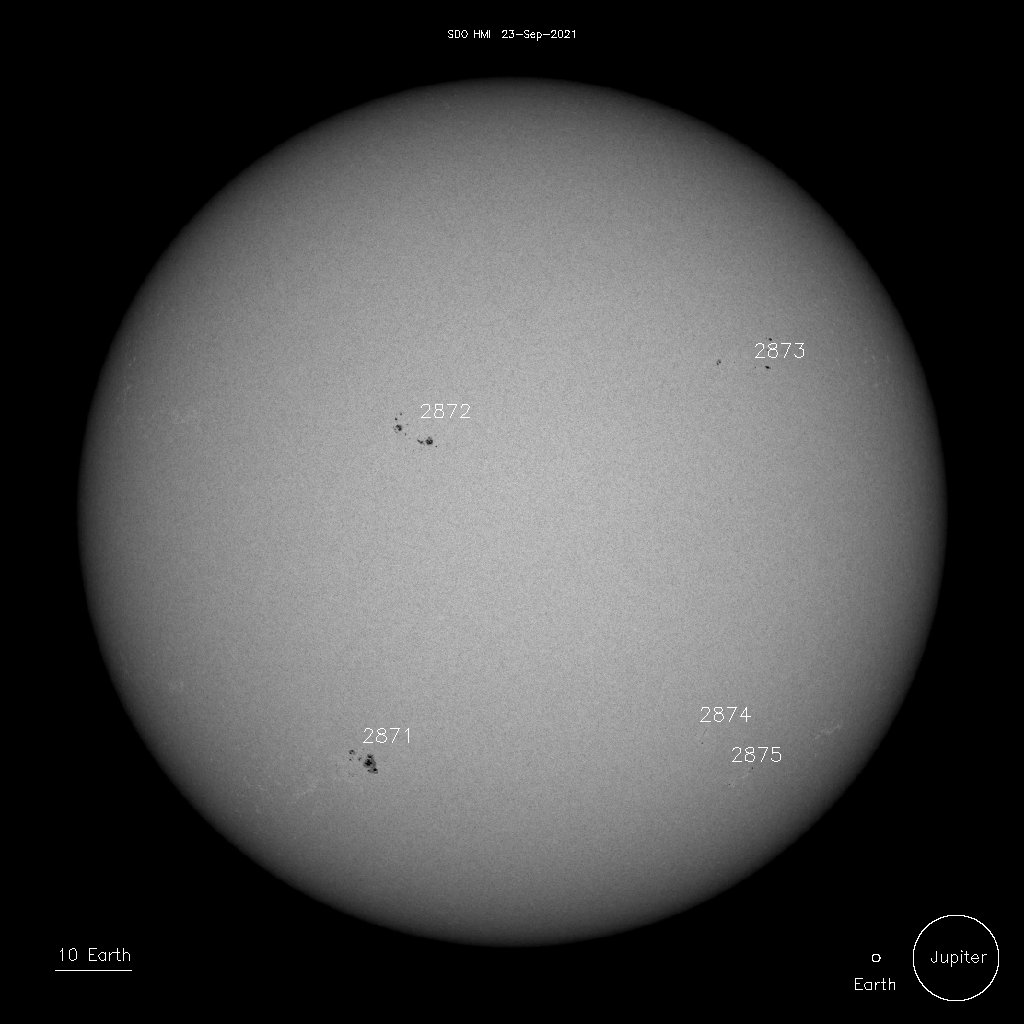

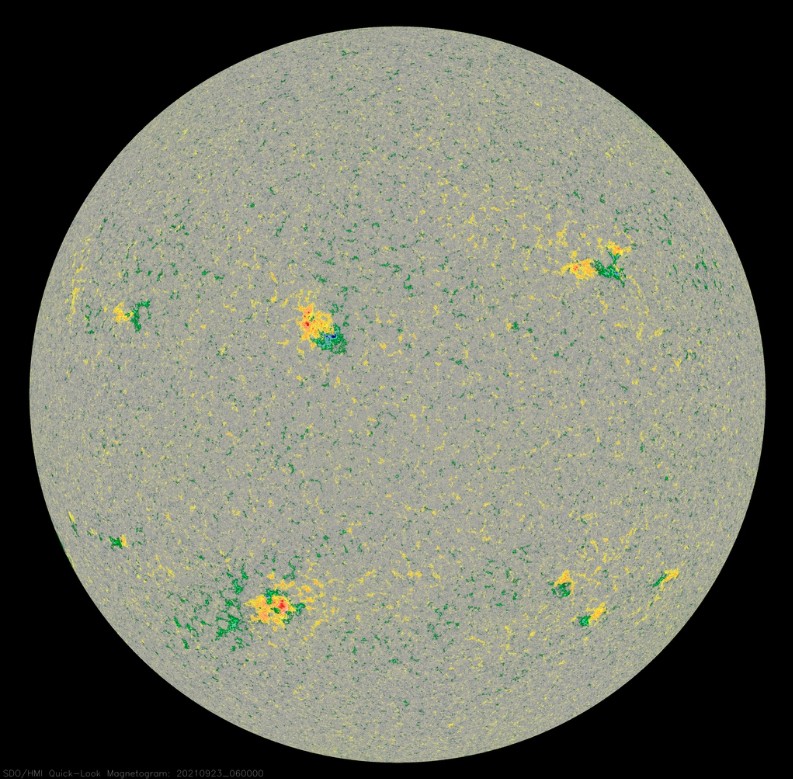

Residual influence from the positive polarity CH HSS is possible on September 23.
Minor CME effects are also possible today with a CME from September 19 that might transit close enough to Earth to enhance the IMF/solar wind.
Conditions should trend nearer to background levels on September 24 before a negative polarity CH HSS arrives on September 25. This CH HSS will elevate solar wind parameters once again.
Update:
A second M-class solar flare of the day erupted from this region at 15:28 UTC – M1.8.
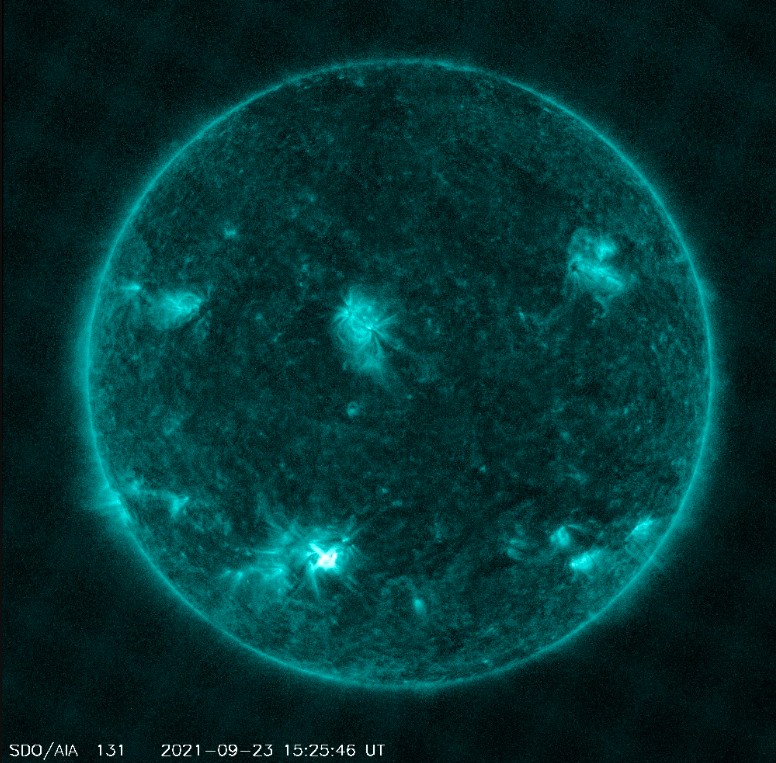

CME produced by this second flare is expected to overtake the first CME and reach Earth in the first half of September 27, according to the SWPC.
References:
1 Forecast Discussion Issued: 2021 Sep 22 1230 UTC – Prepared by the U.S. Dept. of Commerce, NOAA, Space Weather Prediction
Featured image credit: NASA SDO/AIA131

Commenting rules and guidelines
We value the thoughts and opinions of our readers and welcome healthy discussions on our website. In order to maintain a respectful and positive community, we ask that all commenters follow these rules.